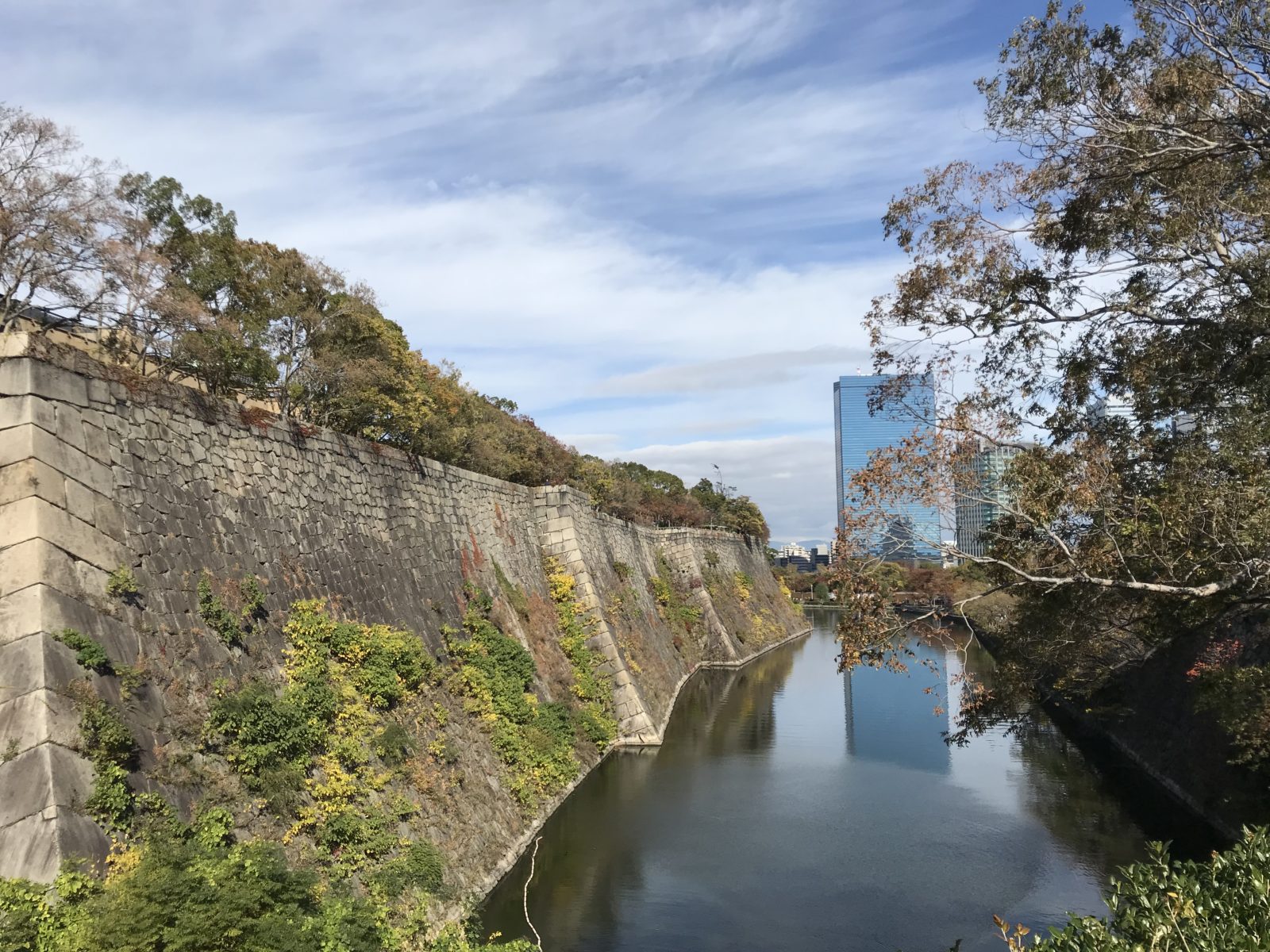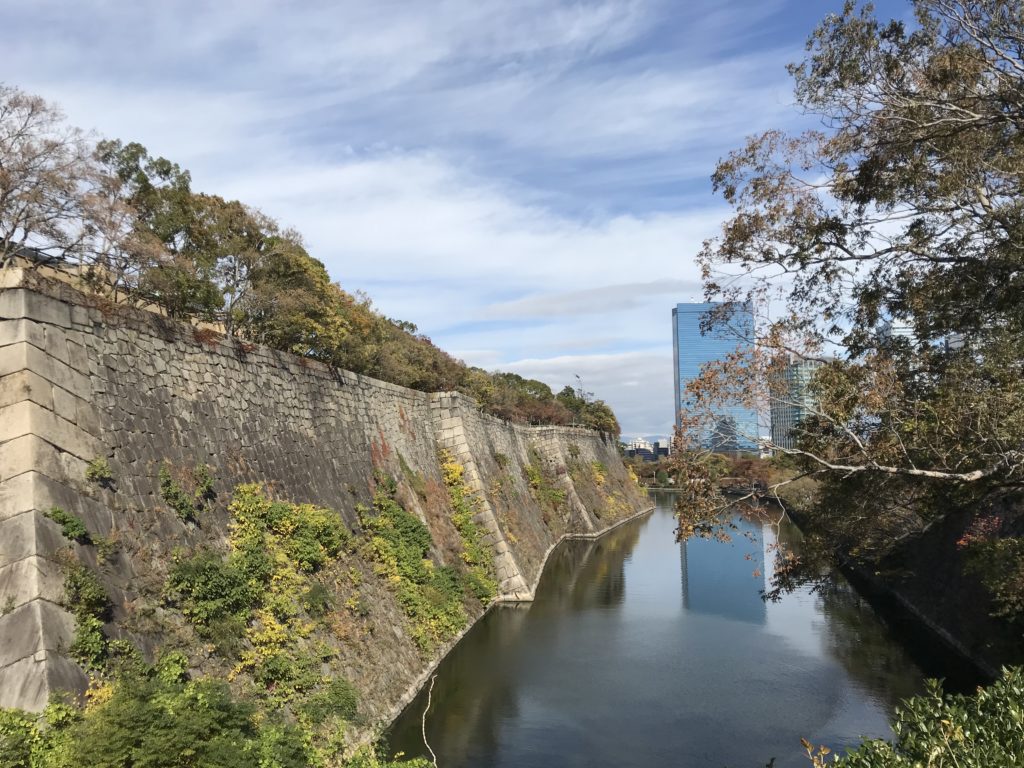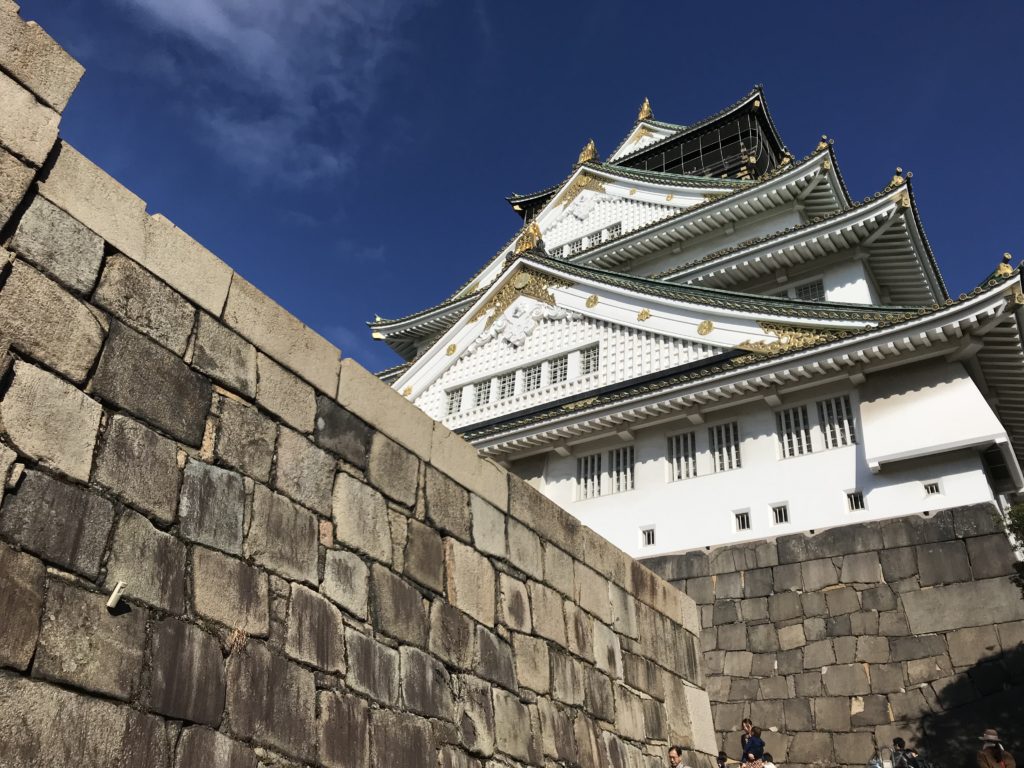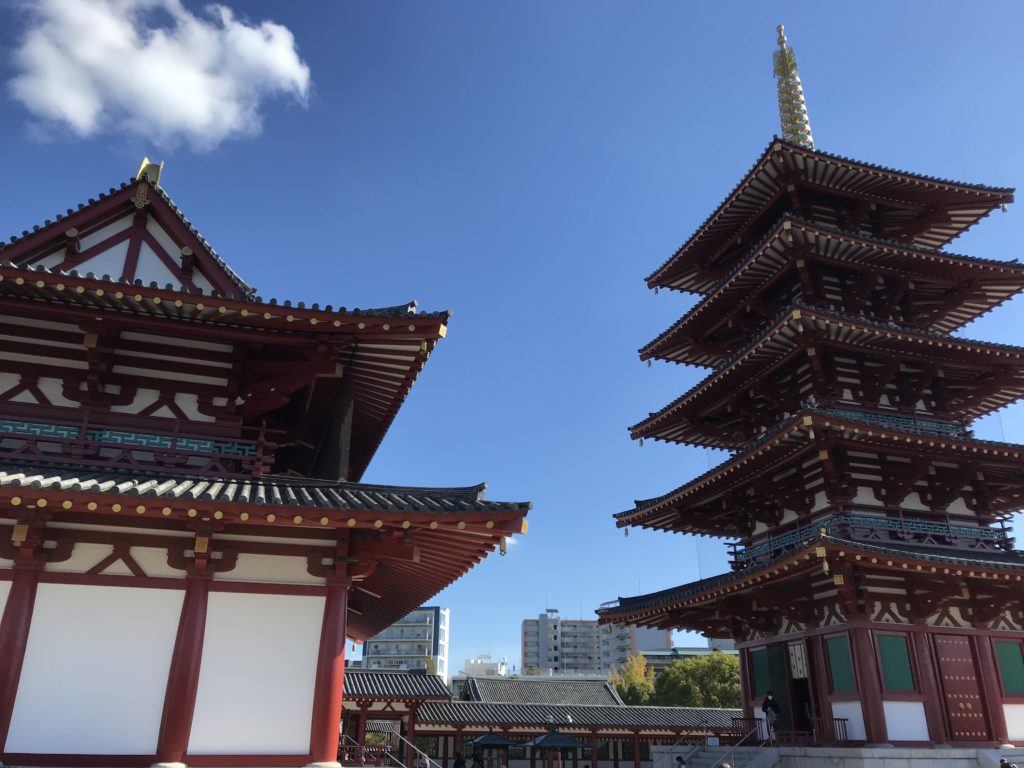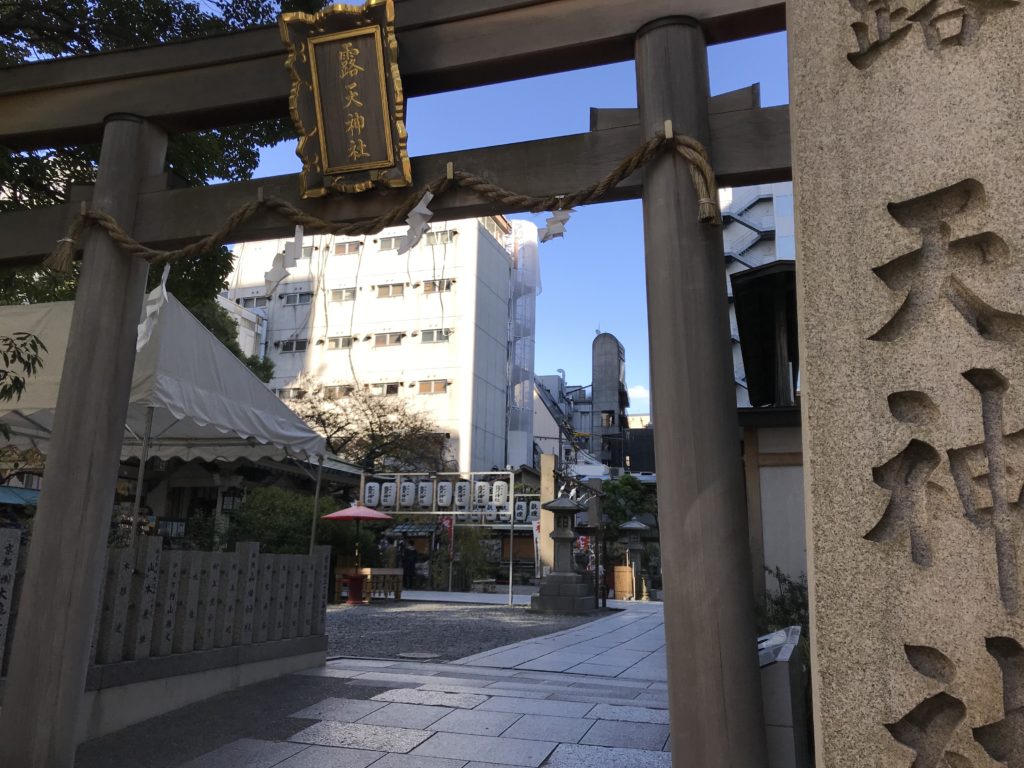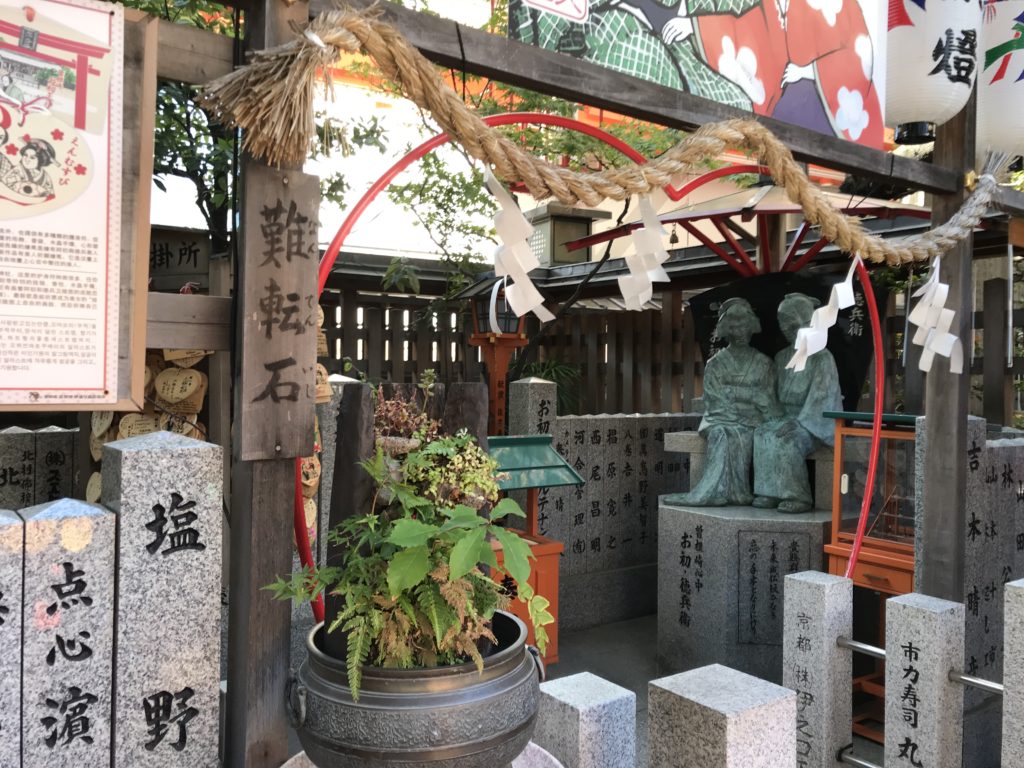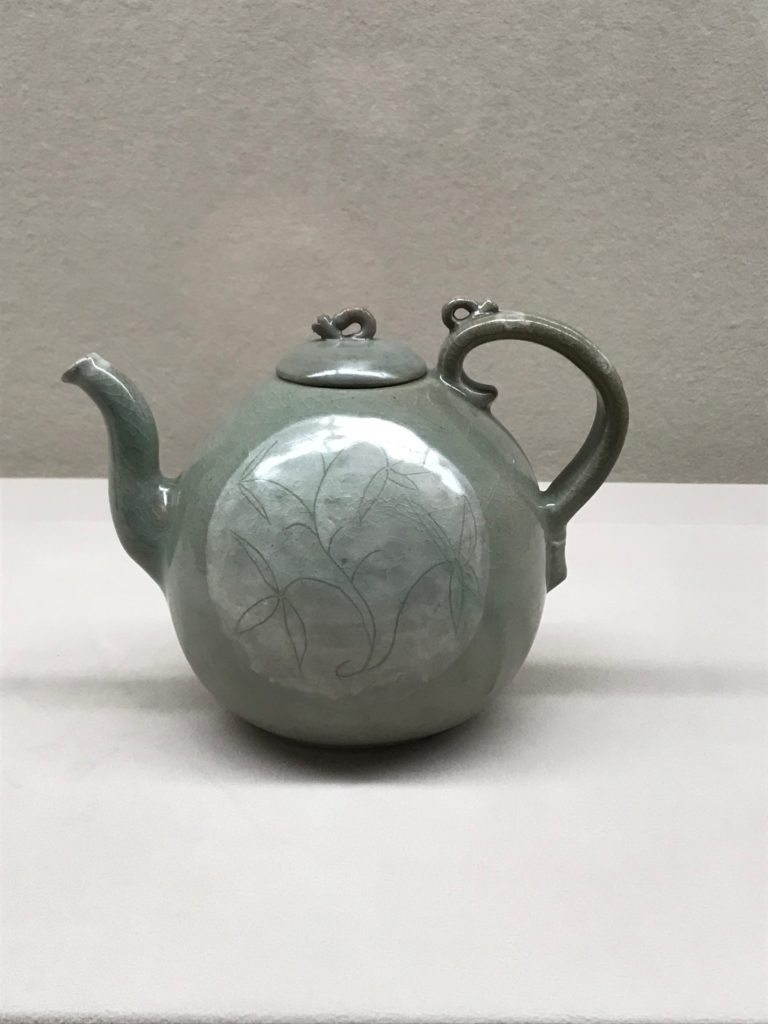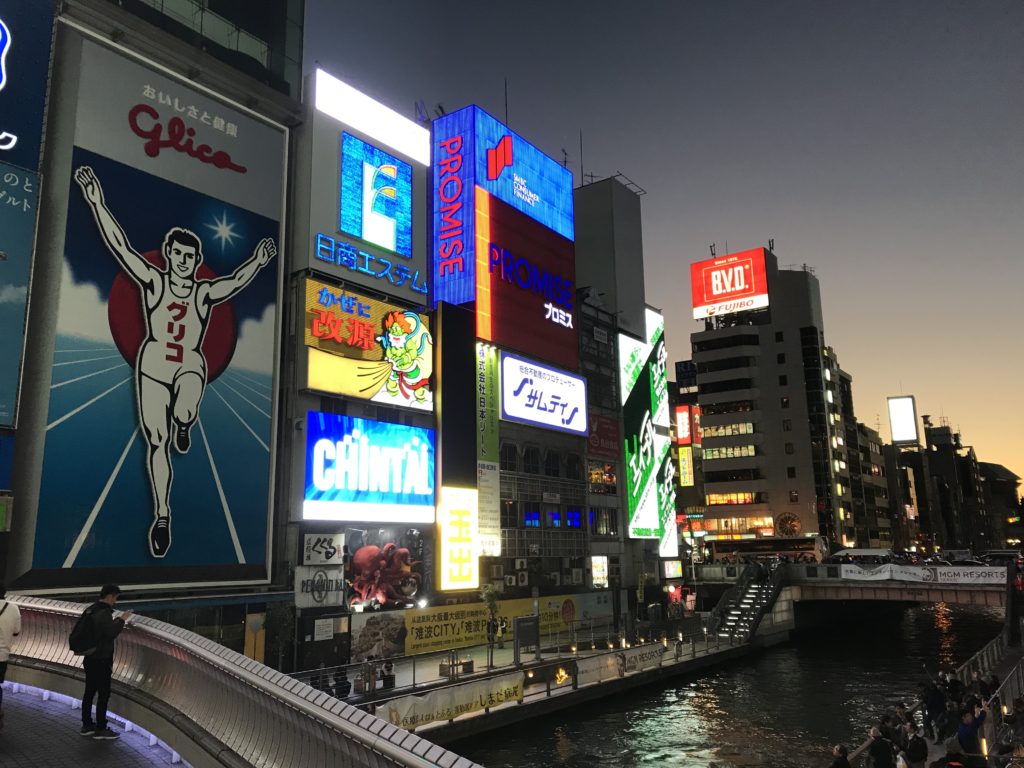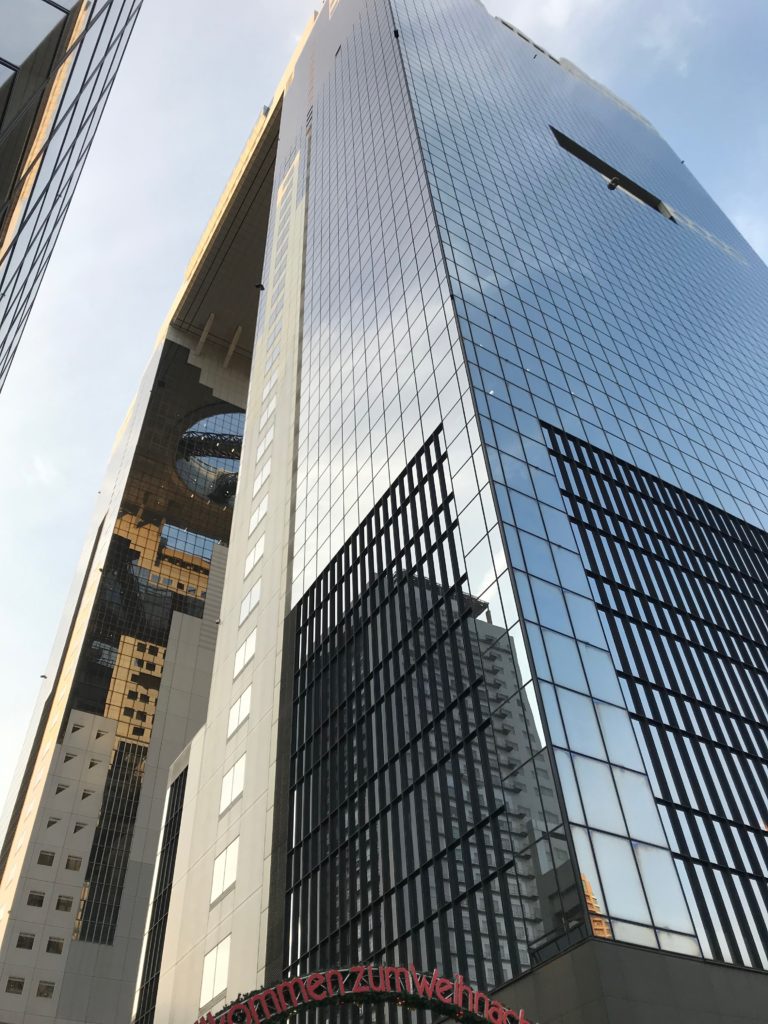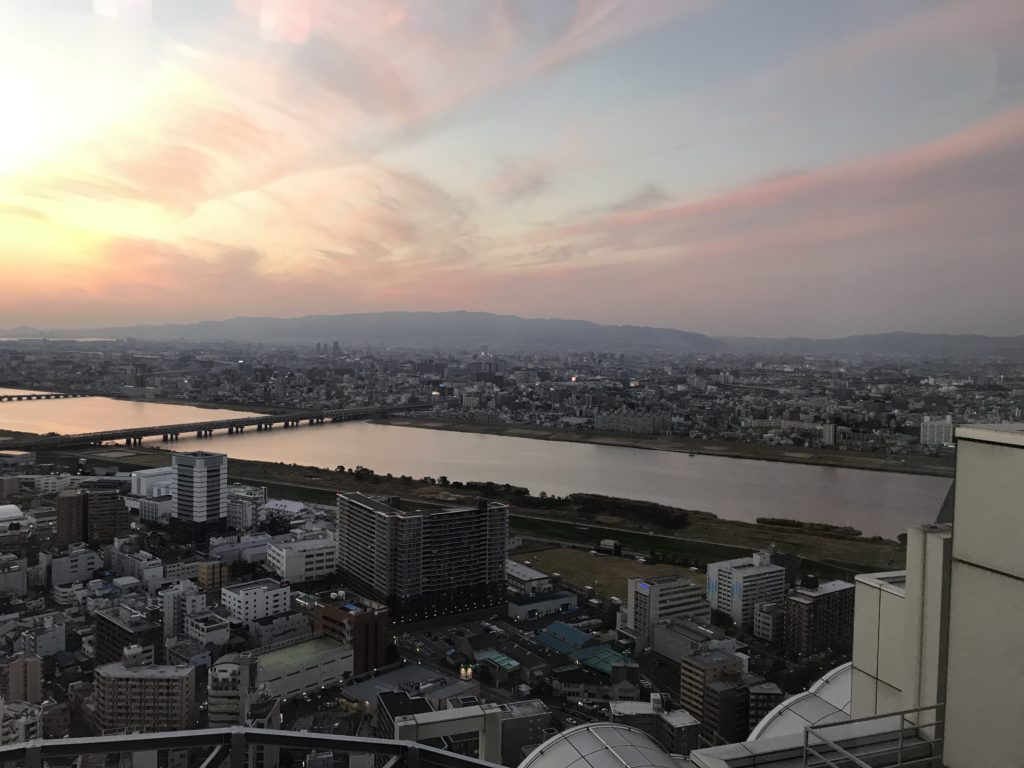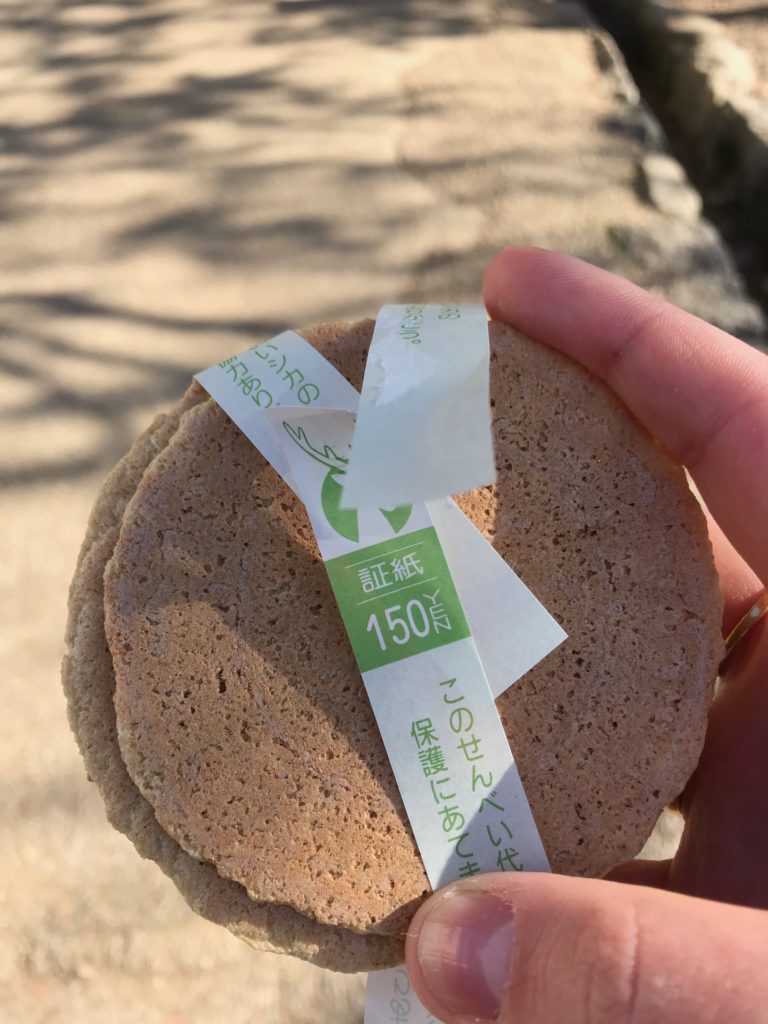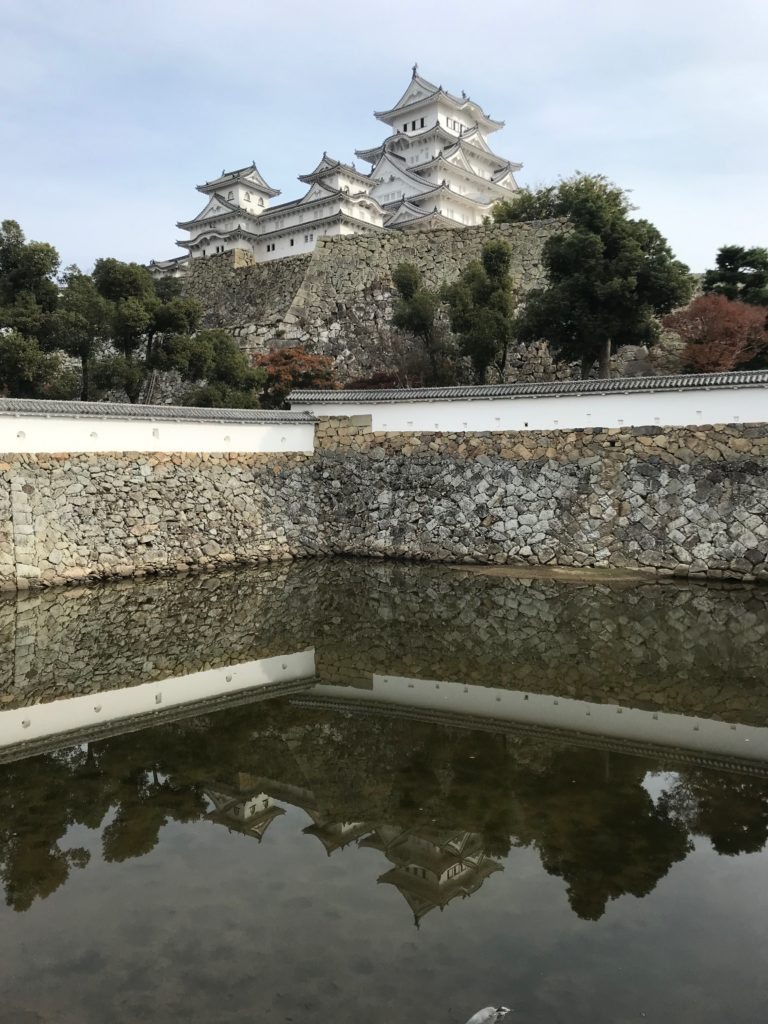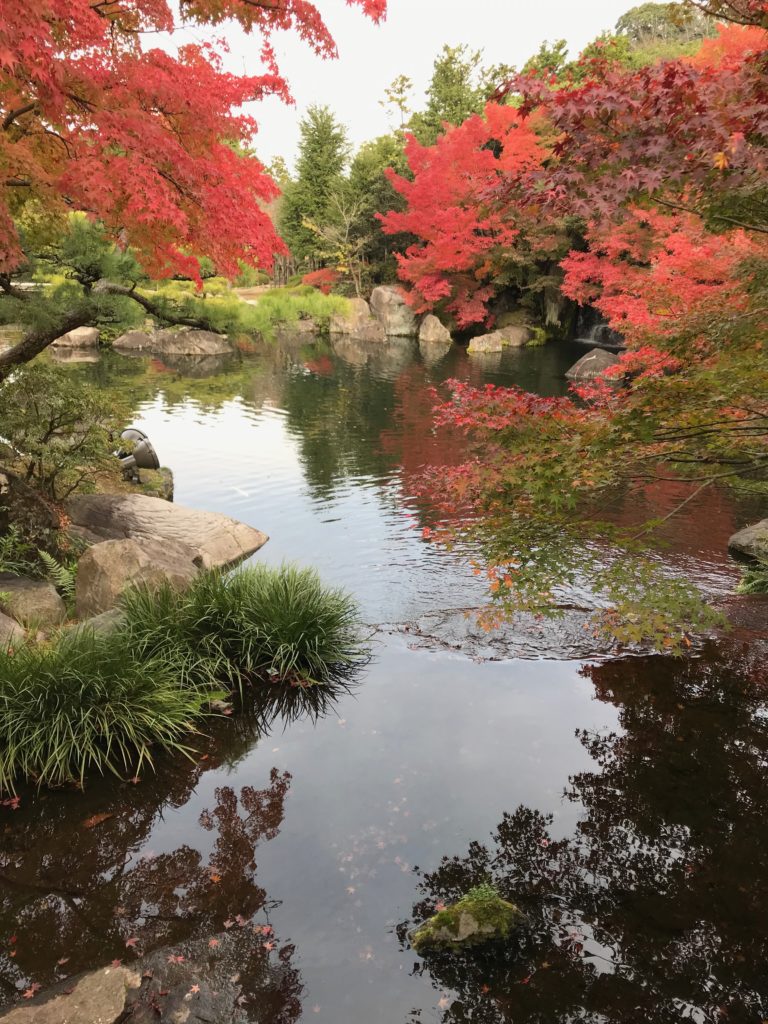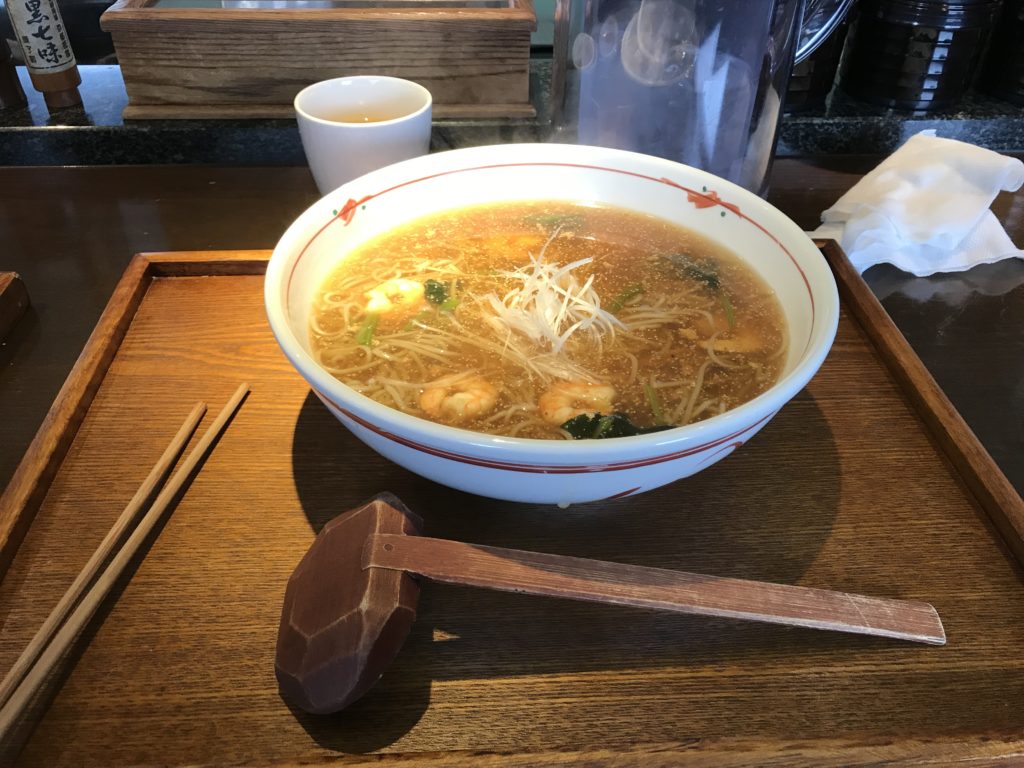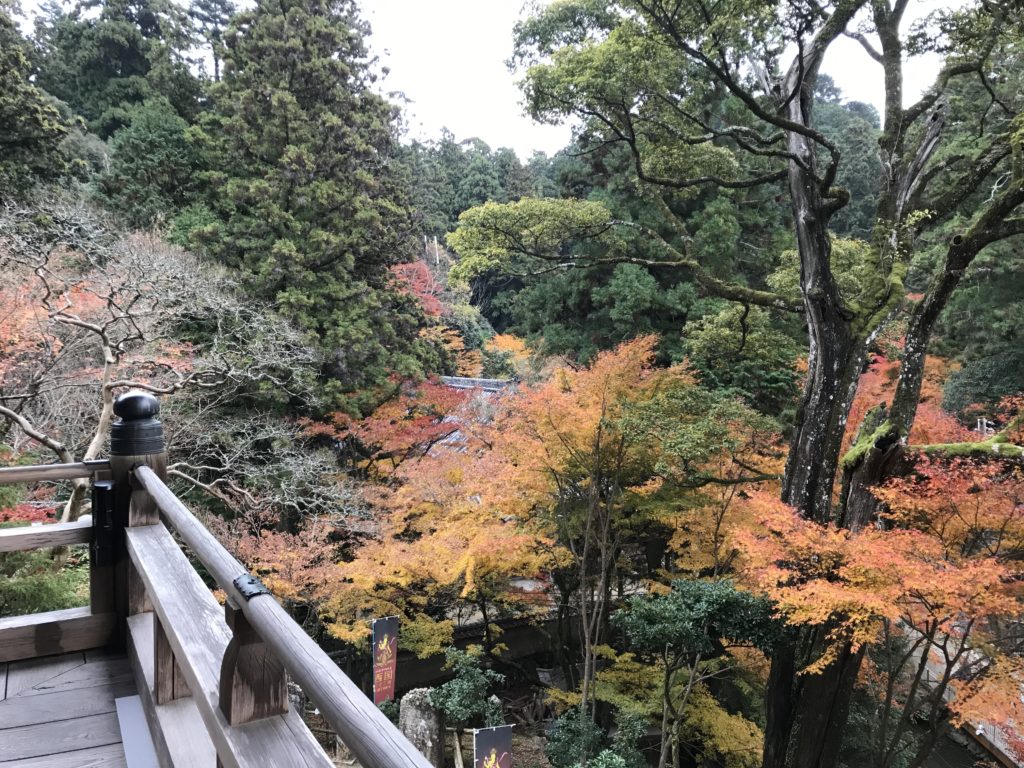Let’s get right into it. After leaving Kyoto, we took the train over to Osaka, which was only a short ride away. Kyoto, Osaka, and Nara form a triangle and are roughly 30 minutes from each other. Osaka had less touristy sites overall, but was much more comfortable to travel in than Kyoto and Tokyo.
We stayed in an Airbnb only a five-minute metro ride from the castle, which is where we started the day. Inside was an interesting exhibit about the history of the castle and the powerful families who had an influence over it. It showcased a nice view from the top of the surrounding area. The castle is also across the street from the Osaka Museum of History, which I would have liked to visit but alas, we didn’t have the time.
The next stop was the Shitennoji temple, which was a five-story pagoda (among other things), and the first pagoda that we had been to that you could actually enter and go up to the top! Although there was no view at the top, all the way up, along the walls, were miniatures of the temple that people had bought to prioritize their prayers.
The history of the Japanese version of Romeo and Juliet, Ohatsu and Tokubei, can also be found in Osaka, at the Tsuyu no-Tenjinsha Temple, dedicated to them and their forbidden love. Spoiler alert: their ending was much the same as Romeo and Juliet’s.
Near the shrine, crossing a beautiful bridge, was the National Museum of Oriental Ceramics, which not only had a gorgeous collection of ceramics throughout history, but also explanations in English. Score! For dinner we went to the Dotonbori neighborhood, which, along a small canal, had lots of stores and restaurants and of course, the infamous Glico man. Don’t worry if you’ve never heard of it—I hadn’t either until I was standing right in front of it.
Osaka is also famous for having the smallest—yes, that’s right—the smallest mountain in Japan, called Mount Tenpō, standing at a stunning 4.5 meters. Of course we had to go and take a picture, enjoy! Last stop of the day was the Umeda Sky Building, which offered striking views of the city and river, and again at sunset. Who doesn’t love a good view at sunset? A bit pricey, they gave you a free postcard of your choosing once you go to the top (after a mix of complex elevators and escalators).
As I mentioned before, Osaka’s location makes it a prime jumping for day trips, and our second day there, we went to Nara, the city of deer. There were deer everywhere wandering around: through the park, the temples, crossing streets. The best part was the deer crackers that all the vendors sold. As soon as a deer smelled a cracker on you, it would follow you determinedly until you gave it up. Hundreds of years ago, deer were considered sacred in Nara and the tradition continues today.
After walking through the park, we visited Kofuku-ji temple, and then the Nara National Museum, which held an enormous collection of Kannon statues and statues of other deities.
Our last day in Osaka also featured a day trip: Himeji. Primarily known for its castle, which can be seen from the train as you approach the city, we set off straight there. Although the inside of the castle was basically empty, there was an excellent view from the balcony on the top floor, and the combined ticket (only an extra dollar!) gave you access to the beautiful gardens located a five-minute walk from the castle. We didn’t even walk through the whole of the gardens; there was just too much there!
After eating some delicious ramen on the main street, we took a bus, then a cable car, up the mountainside to what we thought was the Engyō-ji temple, but was actually a 30 minute hike up the mountain to the temple itself. We were already quite tired when we got off the cable car, but we weren’t about to turn around without seeing that temple. Ha! And of course it was worth it, how could it not be? The temple itself was at the top of a dozen stairs, and from that height we could admire the brilliant foliage. You bet we got an ice cream after that hike though!
Our last stops in Japan were in the south: Hiroshima and Miyajima, and will be the subject of my next (and last!) post on Japan. Until then 😉
